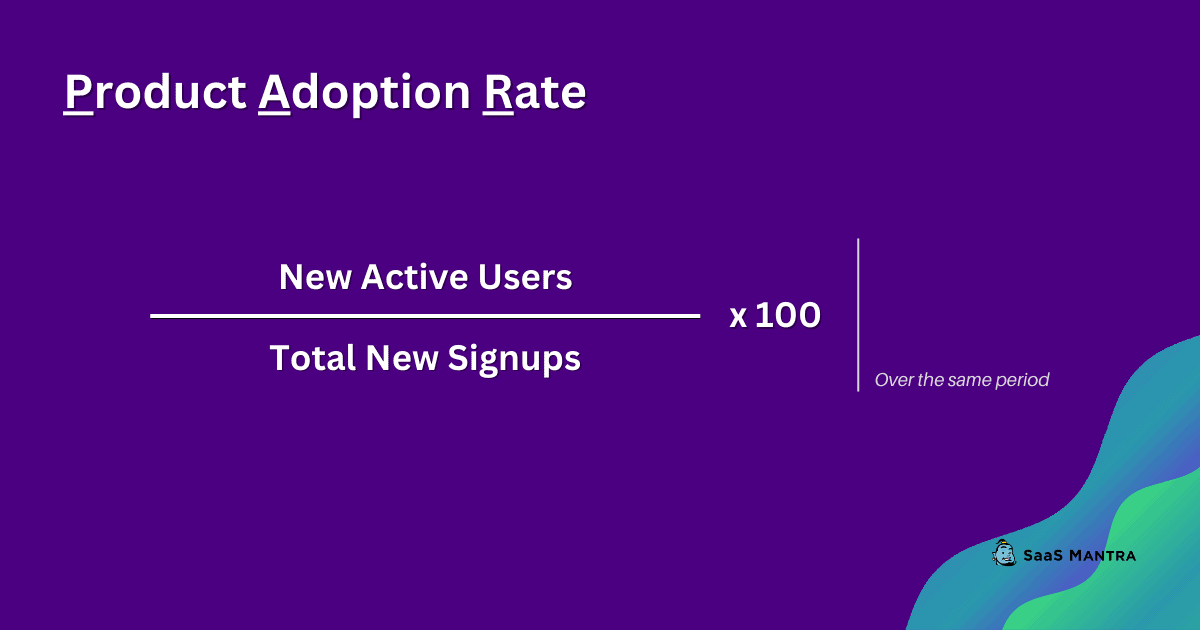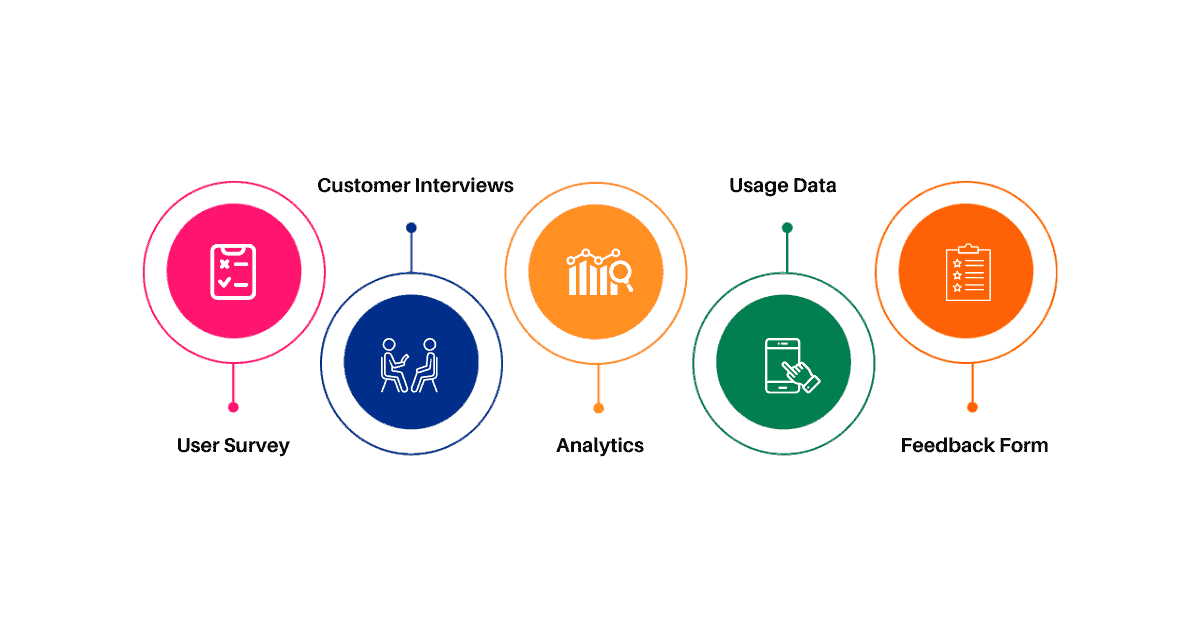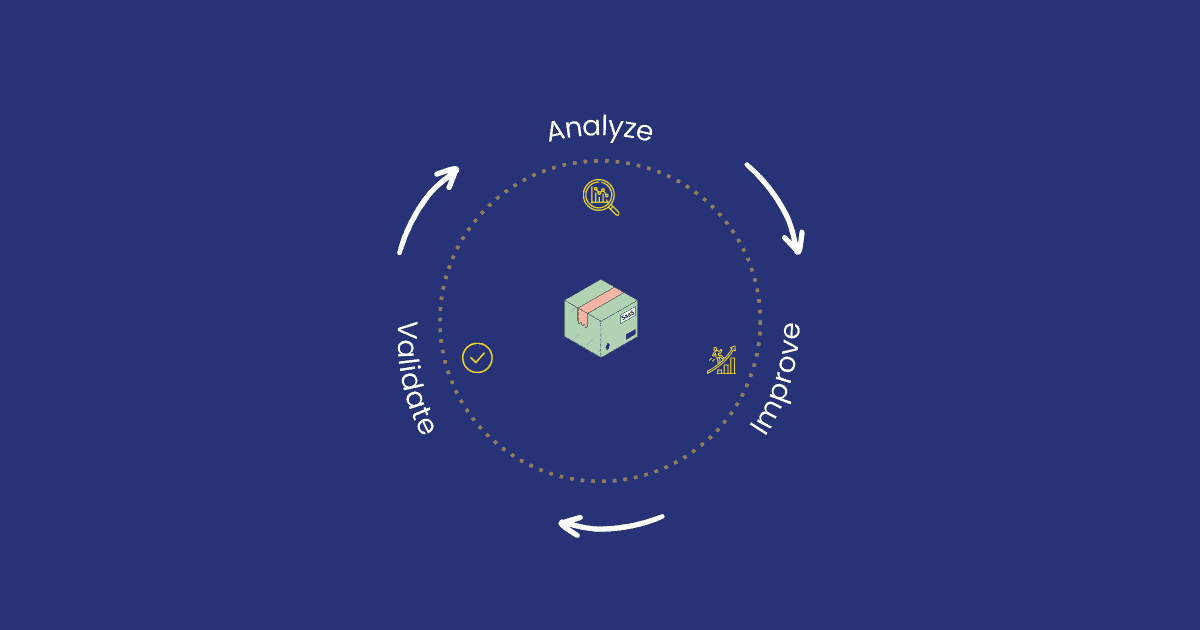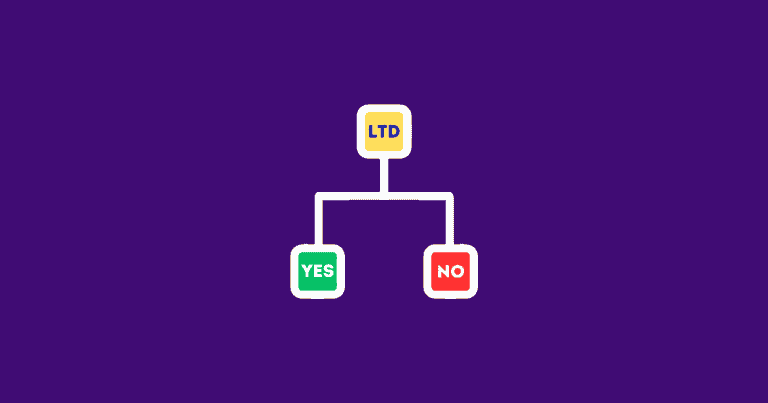3 High-Priority Product Adoption Metrics for Customer Success and How to Track Them
Product Adoption is a direct measure of the success of your SaaS product among your user base.
It is one of the 7 Key Performance Metrics to unlock your B2B SaaS growth like a unicorn. A consistently high product adoption rate indicates that your users love to use your SaaS on a daily basis.
If you are a SaaS entrepreneur or a product manager, here’s everything you need to know about product adoption to boost customer success.
What is Product Adoption?
Product Adoption is defined as the process a user learns about your SaaS product and adopts it into their work process to solve a problem or achieve a goal efficiently.
In this article, you will learn about product adoption metrics, stages of product adoption, and how to increase your product adoption rate to start building a loyal customer base.
Product Adoption Metrics You Must Track
While there are different ways to measure your SaaS product adoption and gain valuable insights, you need to sort them into valuable metrics to use them for your SaaS growth.
There are 3 metrics that you should prioritize tracking while measuring your product adoption.
1. Product Adoption Rate
The first metric you must track is your product adoption rate.
It is defined as the percentage of new product users to total users. It can be applied to both your product as a whole or a specific feature of your SaaS product.

For example, if your SaaS has 500 total users of which 50 are new users over the past 1 month, your product adoption rate is 10%.
You can measure your SaaS product adoption rate over different periods as required. It may be over a week, a month, or quarterly.
Keeping track of your product adoption rate will help you identify why your SaaS cannot convert signups into regular users. A bad SaaS marketing strategy or a bad onboarding experience will reflect poorly on your product adoption rate.
Visualizing the change in your product adoption rate over an extended period allows product managers and marketers to make informed decisions about the product.
2. Time-to-First Action

Time-to-First action measures the time an average user takes to engage with a new feature in your SaaS product.
Time-to-first action can also be defined as the time taken by a new user to engage with an existing product feature.
Unlike the product adoption rate, the Time-to-First action helps you identify the success of a particular feature or an update among your existing users. It is a key metric that SaaS product managers and developers can use to improvise their products.
For example, say you’re releasing a product update with a new feature after user validation. Yet, if the time-to-first action is too long, it could indicate that they aren’t sure how to use the feature or that they are unaware that the feature exists.
SaaS product managers or developers may take the appropriate steps, like making UX changes or improvising the onboarding experience, to improve customer success.
Alternatively, if the time-to-first action is too short, it gives you insights into how your users interact with your SaaS product and what they like the most. It allows you to replicate such an experience for your SaaS users in future updates.
3. Time-to-Value

Time-to-value is a metric that measures the time taken by a user to realize the value of your SaaS product. It helps you understand how quickly users are able to get the desired outcome from using your product.
For example, if you have an eCommerce platform, time-to-value would measure how quickly customers can find and purchase the product they are looking for.
Time-to-value is a key metric that helps SaaS product managers and marketers understand how quickly users can get the desired outcome from using their product. It also helps them identify areas where they can improve user experience and make changes to increase customer satisfaction.
In conclusion, tracking your product adoption rate, time-to-first action, and time-to-value are 3 of the several important metrics that SaaS product managers and marketers should prioritize to measure the success of their products.
These metrics help them identify areas where they can improve user experience, increase customer satisfaction, and make informed decisions about the product.
How can you measure Product Adoption?
There are several ways to measure product adoption.

User Survey
A user survey is an effective way to understand what your customers think about your SaaS products. It helps you get feedback from your existing users and gain insights for future improvements.
You can curate the user survey questions to get insights into what influenced your users to adopt your product.
Customer Interviews
Customer interviews help you understand why your customers adopt your SaaS product.
You can ask them questions such as: Why did they choose your SaaS product over the others? What do they like most about your SaaS solution? What do they dislike about your SaaS Solution?
These interviews not only reveal why users adopt your product, but also help identify areas of friction in adopting your product.
Analytics
Analytics tools provide data-driven insights into your SaaS product usage patterns. They allow you to track and analyze all the actions performed by your users in real-time. This information helps you identify potential pain points and improve your product experience.
Usage Data
Usage data provides detailed information about the number of times your users access your SaaS product per day, week, month, year, and so on. It also shows which features are used frequently and which ones are rarely accessed.
Feedback Form
A feedback form allows your users to share their thoughts with you directly. It helps you gather valuable insights about your product and its features.
While user surveys are helpful in getting your user’s opinions of your product as a whole, feedback forms are effective in understanding how each update influences your users, in turn, the product adoption.
Final Word
The best practices for measuring product adoption vary depending on the type of product you have. However, there are some common metrics that every SaaS product manager should consider when planning to measure product adoption.
Tracking and increasing your product adoption rate helps your SaaS company in building a loyal customer base. Effectively, it will allow you to scale and freewheel your SaaS startup.






